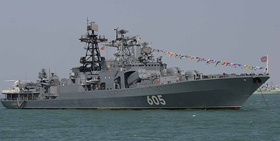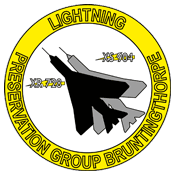Really interesting stuff!
In this area you’ll find an ever-increasing amount of interesting reference material, data and profiles to help get you motivated! Fascinating insights into the Lightning Preservation Group and the English Electric Lightning. We have a really inspirational piece from Les Piper all about Douglas Bader’s Last Spit. Les has clearly done his homework here and his efforts could really inspire you to have a go and build Bader’s unique last Spitfire…good luck!

Lightning Preservation Group

Unbelievably its 21 years since an English Electric Lightning jet fighter screamed over the boundary fence at Bruntingthorpe Airfield. Its fate, to face a cosseted retirement in the hands of a bunch of enthusiasts, who had banded together to form the Lightning Preservation Group (LPG) in the summer of 1987.
For the uninitiated the Lightning was the UK’s front line fighter during the Cold War and served the RAF for almost 30 years. The prototype, known as the English Electric P1, first flight took place on the 4th August 1954, followed by massive development work over the following 6 years; it entered RAF squadron service in 1960. Its role to defend UK airspace from any threat, was carried our without missing a beat, until 1988 when it was finally put out to grass. Just to take a moment reflect, this was the aircraft that stood at constant readiness, twenty four seven, whilst we slept safely in our beds against the threat of a Russian attack; a latter day Spitfire.
Read this full article and others on the English Electric Lightning
Douglas Bader’s Last Spitfire
Group Captain Douglas Bader’s VS Spitfire Mk.IXe – Serial RK917. September 15th 1945.
Described by Les Piper

Introduction
I’ve always been a big fan of Douglas Bader and I’ve wanted to build a series of models depicting his wartime career for some time, I’ve made his 242 Squadron Hurricane, his Spitfire Mk.IIa and the Spitfire Va in which he was shot down, but the period of his career which was of greatest interest to me was during the post-war years before he retired from the RAF. He was promoted to Group Captain and put in charge of the then “Essex-Sector” of Fighter Command based at North Weald.